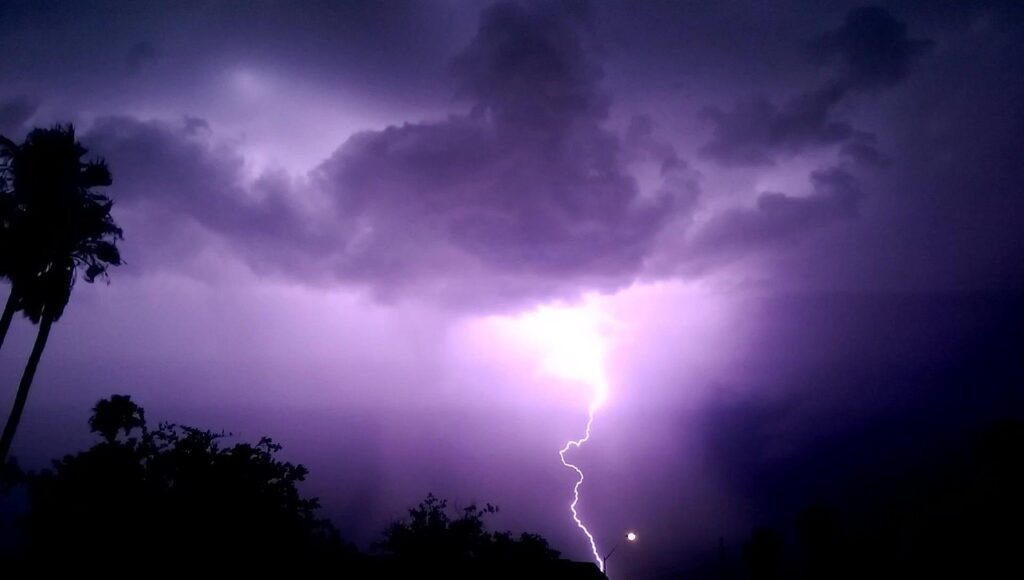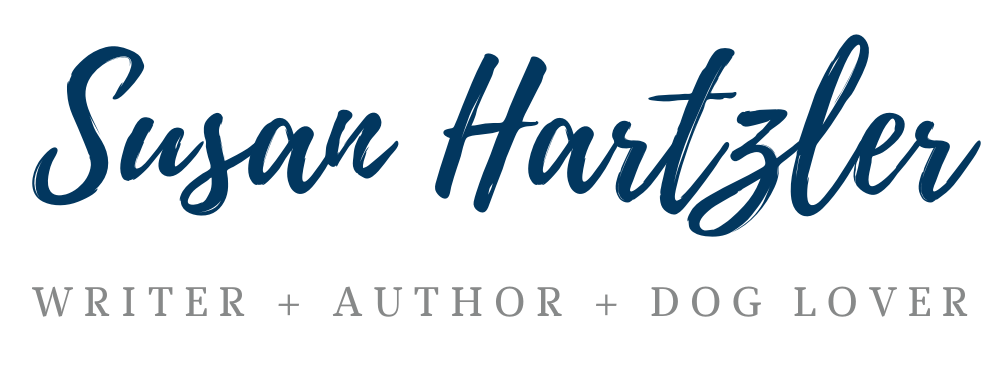
What to Do When the World Gets Loud
The first boom is never the loudest, but it’s the one that takes my breath away. In my beach town, the sound can roll in from blocks away and still hit like a hammer. My Australian Shepherds, Seven and Paige Turner, go from relaxed to trembling in seconds. They shake, drool, and press their bodies into mine as if I were the only raft on a stormy sea.
During thunderstorms, which we rarely experience, I do what every caring guardian does: create a safe space and ride it out with them. I do the same with fireworks; however, I can’t shake the feeling that we’re bracing against something avoidable. Every summer, visitors to my peaceful coastal community set off fireworks nearly every night. And every summer, dogs run away. Some make it home. Some don’t. The loud blasts are terrifying for many dogs and the people who love them.
A Calm Plan, Tested at Home

As an Amazon Associate, I earn from qualifying purchases. Every product is independently selected. If you buy something through my links, I may earn an affiliate commission.
Here’s the plan I use, built from trial, error, and a lot of compassion:
- Create a “safe den” before the noise begins
Pick the quietest room in your house and make it as soundproof and calming as possible. Close the windows and curtains, dim the lights, and turn on steady sound—white or brown noise, or a calming playlist. Offer a lick mat or a food puzzle. Licking and foraging can soften the nervous system’s alarm bells. Stay nearby. Your calm presence matters more than anything. - Protect their ears (my top pick)
I use Rex Specs Ear Pro. They fit snugly and help to soften those sharp, explosive peaks. The company supports all military personnel and first responders who work with their dogs, and its products are known for their reliability. That’s good enough for me and my pack. Plus, these earmuffs really work. (The company’s Rex Specs V2 Dog Goggles are pretty adorable too, just sayin’.) - Layer gentle calming supports
When I know a noisy evening is coming, I can prepare, but when fireworks explode unexpectedly, I can’t. That’s when I turn to Only Natural Pet Hemp Calming Support soft chews. These tasty treats work their magic by combining hemp with natural ingredients like L-theanine, chamomile, and lemon balm to help dogs settle. If you’re considering actual CBD, talk with your veterinarian about quality and dosing, as most doggie “CBD” products sold online are actually hemp oils. - Real talk on compression shirts
I’ve heard great things about pressure wraps, and the idea really does make sense: they apply gentle, constant pressure around the chest and torso to provide soothing tactile input (like swaddling), to lower arousal, and help some dogs feel more secure during stress. However, the ThunderShirt didn’t help my dogs. If you try one, be sure the fit is snug (not tight), and pair it with a broader plan: a safe room, ear protection, calming aids, and slow desensitization. - Train between storms, not during them
On quiet nights, I condition Seven and Paige Turner to their ear protection with high-value rewards—360 Pet Nutrition Freeze-Dried Raw Dog Food (Chicken Recipe with Liver & Organs). It’s a protein treat that’s easy on sensitive stomachs, with omega-3s, fruits, vegetables, and superfoods. I also like that it’s grain-free, filler-free, and made in the USA. I start by putting the earmuffs on for one-second sessions, reward, remove, and repeat—gradually extending the time as they relax.

Honestly, I’ve worked hard on desensitizing them to loud sounds. They even passed the therapy-dog noise test—where an evaluator drops a heavy object with a sharp thump. But when it comes to thunderstorms and fireworks, that training hasn’t made a difference. My dogs are among the most noise sensitive. Part of it, I’ve learned, is the not knowing where the sound comes from; their instinct is to bolt from the threat as fast as possible.
Ready-Set-Calm: Checklist for Noise-Sensitive Dogs
If your dogs are like mine—among the roughly 32% of dogs with noise sensitivity—you need a plan that works. Put these pieces in place well before the first crack of thunder or pop of fireworks:
- ID insurance: microchip updated, collar tag readable, tracker charged
- Early exercise and potty breaks well before dusk
- Safe den set up by afternoon
- Doors and gates locked, blinds closed, routines calm
- Stay home if you can. If you must leave, limit your time away and make sure they’re secure
You’re Not Spoiling Your Dog; You’re Saving Their Nervous System
Noise sensitivity isn’t stubbornness. It’s a nervous system overload, and herding breeds like my Aussies—as well as Border Collies, Shetland Sheepdogs, German Shepherds, and Australian Cattle Dogs—tend to feel it acutely. Sighthounds and some sporting breeds can struggle too. For many of these breeds, no amount of training will completely remove the fear; noise sensitivity is in their DNA. My job is to address that fear with steady, practical care: a prepared den, real ear protection, layered calming tools, and lots of compassion. When fireworks light up the night sky, I prepare for the worst and hope for the best—and I’m working with my neighborhood to make “the worst” less likely here. Our dogs deserve relief, especially from preventable fear.
If you love swapping stories and tips about life with dogs, I’d love to have you join me over on my Substack, BlissDog, where I share heart-centered essays, dog-inspired rituals, and behind-the-scenes stories from life with Seven and Paige Turner. Come sit, stay, and read with us — your dog-loving heart will be in good company.
More Paws on the Go Posts . . .
(Our site may contain links to affiliate websites, and we receive an affiliate commission for any purchases made by you on the affiliate website using such links.)
